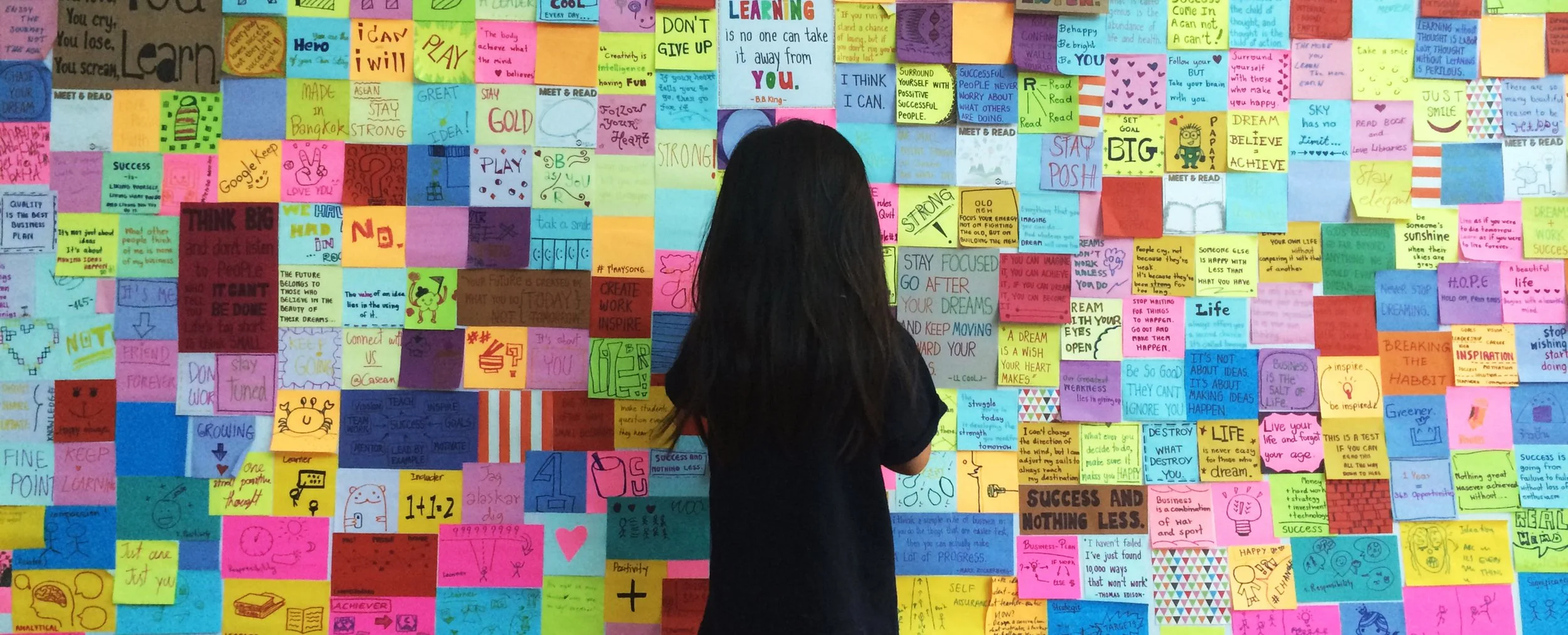6 Common Misconceptions About Blended Learning Infographic
When implementing blended learning, stakeholders may have preconceived notions about this model of learning. The following outlines some common blended learning myths. The 6 Common Misconceptions About Blended Learning Infographic contains more details, plus questions to ask yourself when considering implementing blended learning:
Myth #1: Students work in isolation
In order to be considered blended learning, students need opportunities to interact with peers and the instructor in live, real-time settings.
We live in a social age. Today’s learners want to incorporate social and collaborative approaches in all aspects of their life, including learning. Online courses with the best practices in online learning are socially constructed. Students in online courses designed this way frequently report they have more social interactions with their peers than they do in traditional, face-to-face courses.
Because teachers are not tied up with direct instruction during physical classroom time, online learning options can serve as a means to increase interaction and personalized contact time between students and teachers.
Myth #2: Students complete online content by working primarily asynchronously at school and at home
Some educators believe blended learning is when you put your entire course into a learning management system and students work on it 100% asynchronously. Students may physically come to class but they work individually on the online course during class time. This model ignores some of the positive benefits of face-to-face interactions that can occur in a classroom.
Myth #3: Blended, hybrid and online learning are less work than traditional, face-to-face instruction
Many instructors, institutions, and students mistakenly believe online instruction is easy. In reality, blended learning can require more time and effort from all parties (for more details on this, see “The Time and Effort of Face-To-Face Classes Versus Online Classes” section in the infographic below).
Myth #4: Blended learning is a linear process
When done correctly, online learning is not a linear process. Much of the learning is completed through a community of practice, and then knowledge and expertise is distributed among the group. So a participant may post to a discussion and log in several days later to see additional posts that broaden the discussion or cause the learner to consider things in new ways. This may then cause the learner to grapple with new ideas or work to defend their original thoughts. As such, it is definitely not a linear process.
In online learning, students often work at their own pace. A blended course may be competency based in which students are pre-assessed and can test out of sections of the course. If a course is outcome based, students may have choices in how they demonstrate proficiency and may take assessments or continually improve work until they meet specified outcomes. New tools in learning management systems allow instructors to create individual learning paths for students.
Another powerful benefit of technology is the ability to personalize learning experiences. For example, students at one reading level could view materials based only on their Lexile level. In these types of learning environments, the teacher role changes dramatically. The online course is not just a repository of resources that students need to view and read and then take assessments on. Instead, the teacher constantly checks for understanding and helps students meet learning targets.
Myth #5: Online learning is only for gifted students or credit recovery
While blended and online learning are often used as interventions and extensions for these two groups of students, the truth is all students benefit from blending learning models.
Myth #6. All blended learning classrooms are student centered
Just because a teacher uses online learning resources to supplement their teaching does not automatically translate to a student-centered learning environment. In both the face-to-face and online components, students need opportunities to express their voices and make decisions about their own learning in order to foster a student-centered learning environment.
It is important that all stakeholders understand that blended learning does not take less time than traditional instructional models. It also does not mean that students work in isolation or that learning is a linear process where one size fits all. When combined with research-based strategies, blended learning can provide new opportunities for students that meet a variety of different learning styles and change the learning landscape for the better.
Via: gettingsmart.com
The post 6 Common Misconceptions About Blended Learning Infographic appeared first on e-Learning Infographics.




































